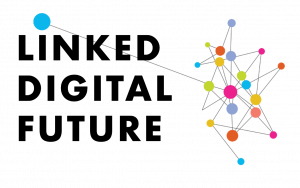Open data. What is it? What about privacy? Does our cultural organization have data that we can make “open”?
These and other questions are discussed in “Time for Open Data in Culture.”
Originally published in French by Données Québec (a joint initiative from the Province of Québec and various Québec municipalities) and Ministère de la culture et des communications, this publication is now available in English translation.
This easy-to-follow handbook guides the reader through the basics of open data:
- What it is;
- Its potential uses by cultural organizations;
- What kind of data cultural organizations could release as open data; and,
- How open data gets disseminated, used, and reused.
Even though the handbook speaks about the benefits of Quebec-based organizations contributing data to Données Québec, it is relevant for any cultural organization. The handbook provides a handy list of questions cultural organizations can ask themselves to help them identify data they already collect that would be suitable for publication as open data. It also presents a variety of options for cultural organizations to consider when it comes to deciding how and where to share their data.
If you think your organization may have open data to contribute, please contact Bridget MacIntosh to discuss options.
Open data at work
In addition to the handbook, we invite you to have a look at CAPACOA’s Membership Open Data Strategy.
It’s a concrete example of how an association can integrate open data production in its existing workflows: as organizations renew their membership, they are given the option to release their organization information as open data. A single click and the organization’s information gets published in open knowledge bases such as Wikidata.
Producing open data needn’t be a burden.







Leave a Reply
Want to join the discussion?Feel free to contribute!